Non-Profit Education and Student Loan Debt
I am an enormous advocate for education. Formal and informal. If you look at my investment into education, I have spent more time in formal education, taking classes for degrees, for almost 75% of my entire life. However, the numbers coming out recently regarding student loan debt leads to a greater question about the costs involved with nonprofit higher educational opportunities.
Just consider these statistics:
In 2006, there was a combined half a trillion dollars’ worth of debt in student loans in the United States. By 2022 it was closing in on $2 trillion.
The average change to the student loan debt balance for an individual has consistently been increasing since 2008, minus a few years
The average amount that a student takes out in educational loans was just above $7,000 in 1995. In 2017, it was more than $11,000.
The average student loan debt at graduation in 2004 was around $17,500. By 2019, it was around $30,000.
The number of students borrowing for higher education in 2007 was just over 28 million. Today, that number is around 44 million individuals.
No one can argue with the positive outcome of having a college degree. In 2021 the median income for a graduate reached $52,000 a year by the time they were 27 years old. That same-aged person with only a high school degree might earn as much as $30,000 a year.
So, what's the point?
Where's all the money going? One would have to assume that most of it is being paid to the universities and colleges which students attend. And these numbers above include both private and public institutions. As nonprofits, you begin to wonder… with such dramatic increases in costs from tuition, and some public universities receiving state dollars as well, it makes you ask where and how are all these dollars being spent, inside these nonprofit educational units?
In the long term, these numbers are not sustainable. And while some may argue about releasing borrowers from their debt responsibilities, I think the question really should be asked about cost. Is it time to have very difficult yet important conversations about the expenditures of nonprofit higher ed institutions and challenge leaders to find more efficient and cost-effective ways of providing a higher educational experience?
There is an argument, and it seems to be growing, that college may not be worth it if you have to borrow money. That's why the total number of college students is dropping. Supply and demand. If costs go up, there's less demand. Nonprofit universities and colleges should pay attention and attempt to become more cost-effective in the delivery of a good higher education.


